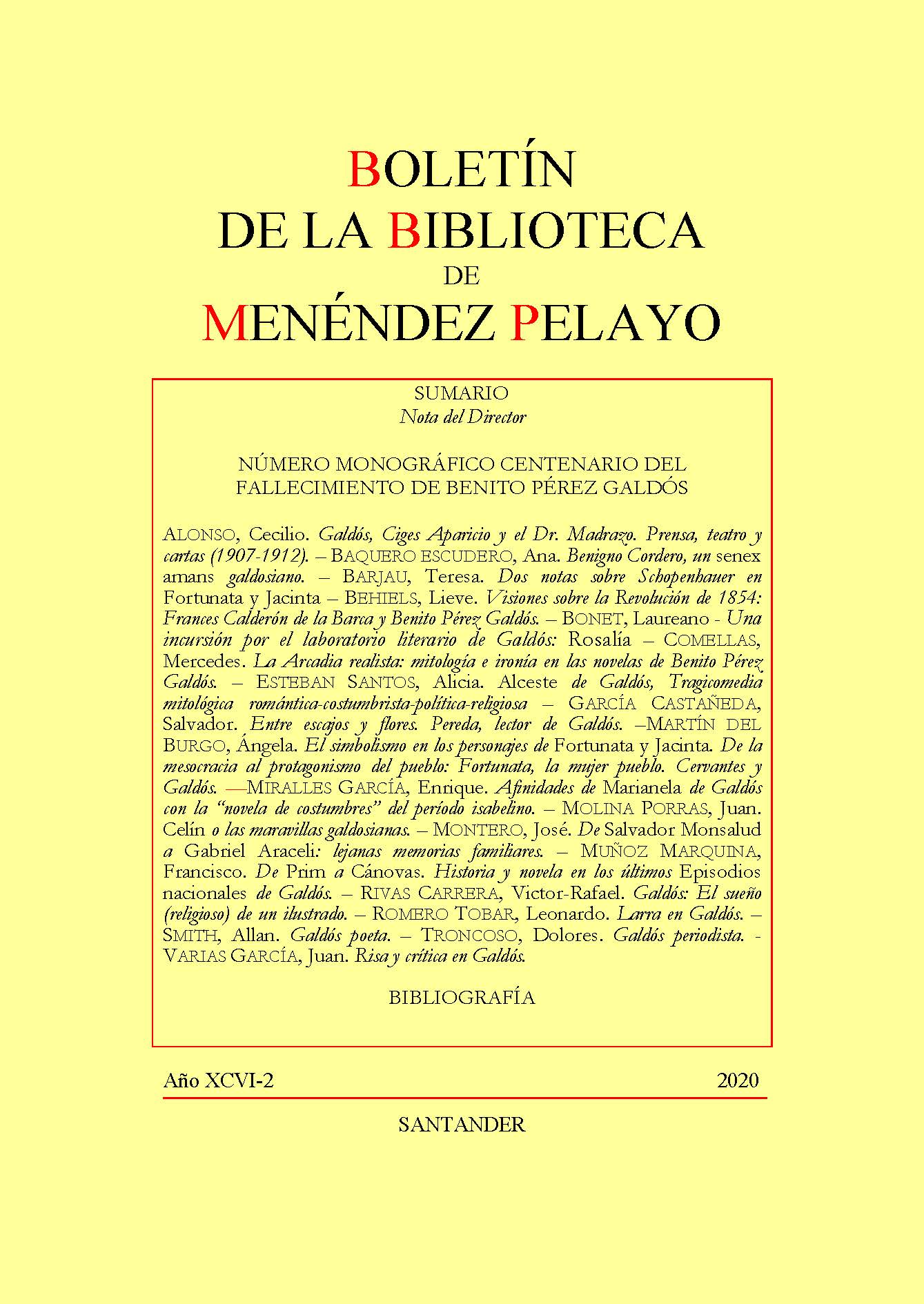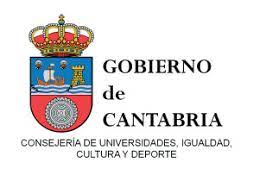Laughter and criticism in Galdós
DOI:
https://doi.org/10.55422/bbmp.490Keywords:
Galdós, Social criticism, Cachexia, Aesthetics, Laughter, Grotesque, Menippea, Discursive genresAbstract
Galdós' literature criticizes the corruption of Spanish society, its moral degradation, which he called cachexia. To carry out this criticism, he chose the serious-comic tradition that offered him the forms closest to his character and formation: the Cervantean tradition, especially that of the English writers. From them, and also directly, he absorbed the old methods of diatribe and parodied monologue, of Menippean dialogue and of the grotesque in general. He practiced almost all genres of laughter, but the most genuine of his aesthetics is the wide range of the social languages represented and how he discovers in them the variety of collective and individual evils that he satirizes. Humor allowed him an ethical didactism with a non-dogmatic attitude.
Downloads
Publication Facts
Reviewer profiles N/A
Author statements
Indexed in
- Academic society
- Sociedad Menéndez Pelayo
- Publisher
- Sociedad Menéndez Pelayo
Global Statistics ℹ️
|
136
Views
|
221
Downloads
|
|
357
Total
|
|
References
BAJTÍN, Mijaíl. (1982) Estética de la creación verbal. México. Siglo XXI.
BAJTÍN, Mijaíl. (1987) La cultura popular en la Edad Media y en el Renacimiento. Madrid. Alianza Editorial.
BAJTÍN, Mijaíl. (2019) La novela como género literario. Edición e introducción de Luis Beltrán Almería. Traducción de Carlos Ginés Orta. Zaragoza. Editorial Universidad Nacional (Costa Rica) Prensas de la Universidad de Zaragoza. Real Sociedad Menéndez Pelayo.
BELTRÁN, Luis y VARIAS, Juan. (1991) «El discurso del personaje en la novela galdosiana». Revista de Literatura. LIII. 106. 513-533
BELTRÁN, Luis. (2002) La imaginación literaria. La seriedad y la risa en la literatura occidental. Barcelona. Montesinos.
BELTRÁN, Luis. (2011) Anatomía de la risa. Universidad de Sonora. Ediciones Sin Nombre y Conacyt.
BELTRÁN, Luis. (2016) Estética de la risa. Genealogía del humorismo literario. México. Ficticia.
BELTRÁN, Luis. (2018) «El grotesco, categoría estética». Cartografía literaria. En homenaje al profesor José Romera Castillo. G. Laín Corona y R. Santiago Nogales (eds) Madrid. Visor Libros. 11251139.
GILMAN, Stephen. (1985) Galdós y el arte de la novela europea, 1867-1887. Madrid. Taurus. K AYSER, Wolfgang. (2010) Lo grotesco. Su realización en literatura y pintura. Madrid. Antonio Machado Libros.
MONTESINOS, José F. (1968) Galdós. Valencia. Castalia. S TERNE, Laurence. (1996) Vida y opiniones del caballero Tristram Shandy. Madrid. Cátedra.
TIERNO GALVÁN, Enrique (1952) «Aparición y desarrollo de nuevas perspectivas de valoración social en el siglo XIX: lo cursi». Revista de Estudios Políticos. 42. 85-106.
Downloads
Published
How to Cite
Issue
Section
License

This work is licensed under a Creative Commons Attribution-NonCommercial 4.0 International License.







